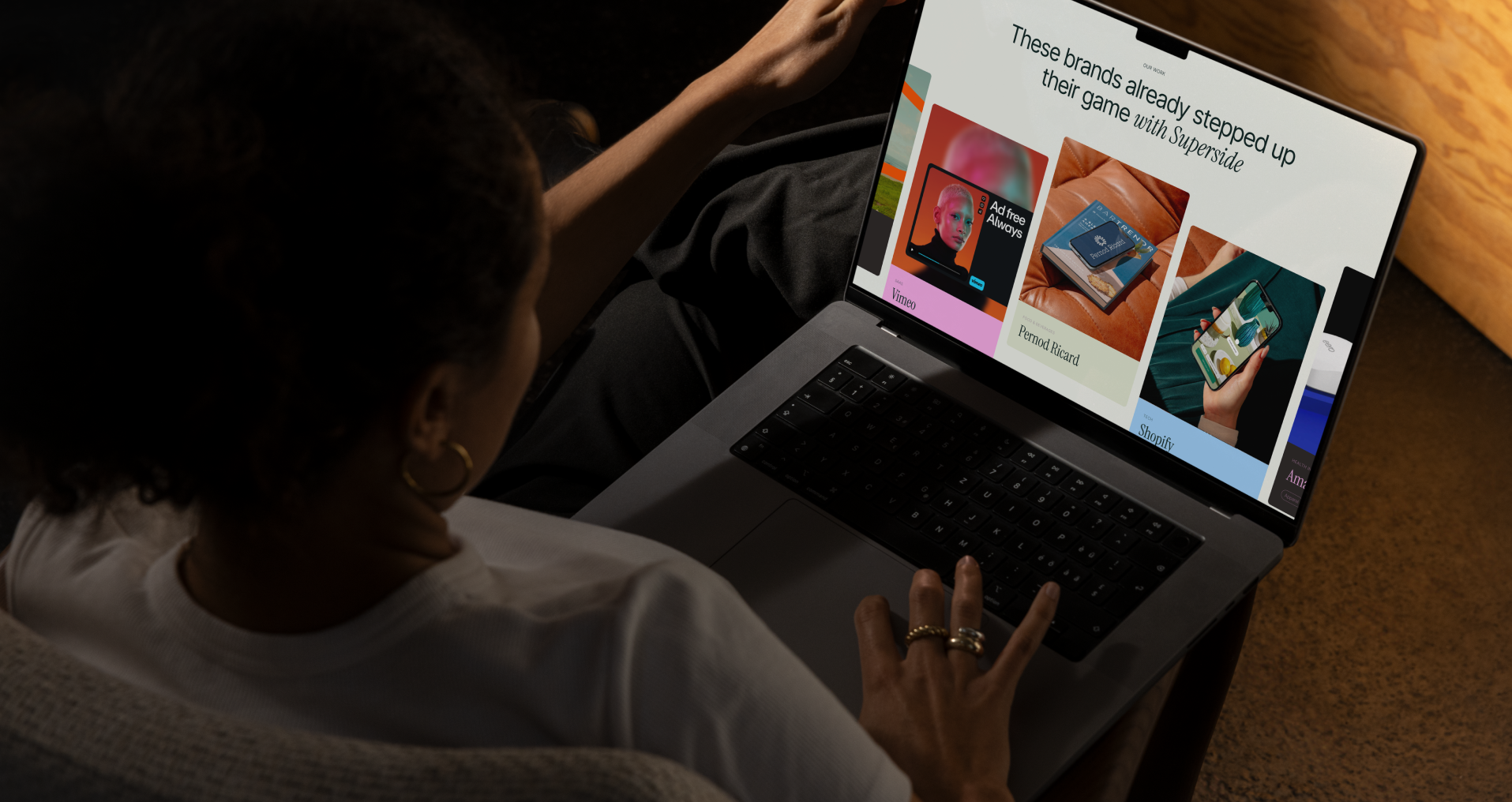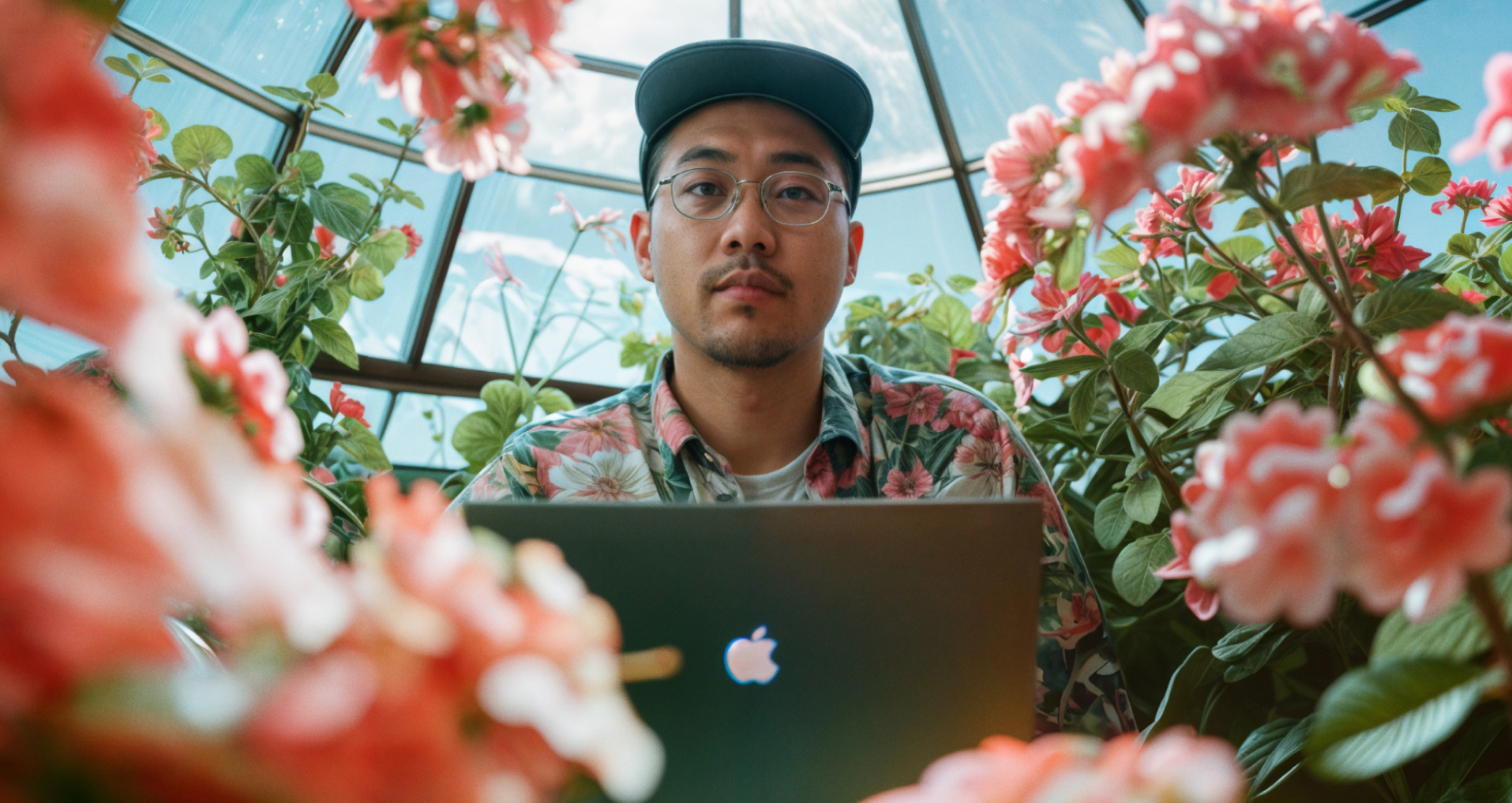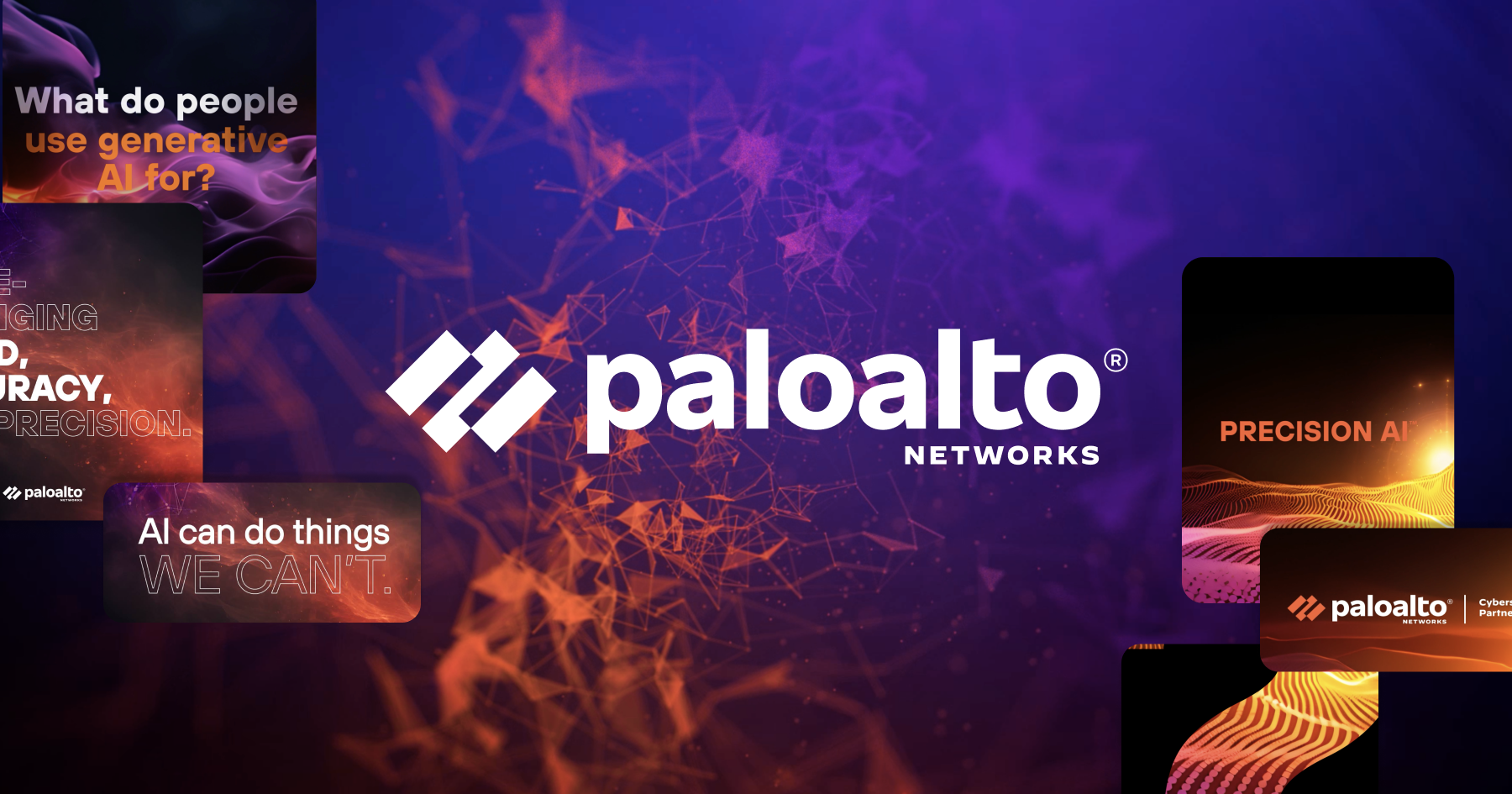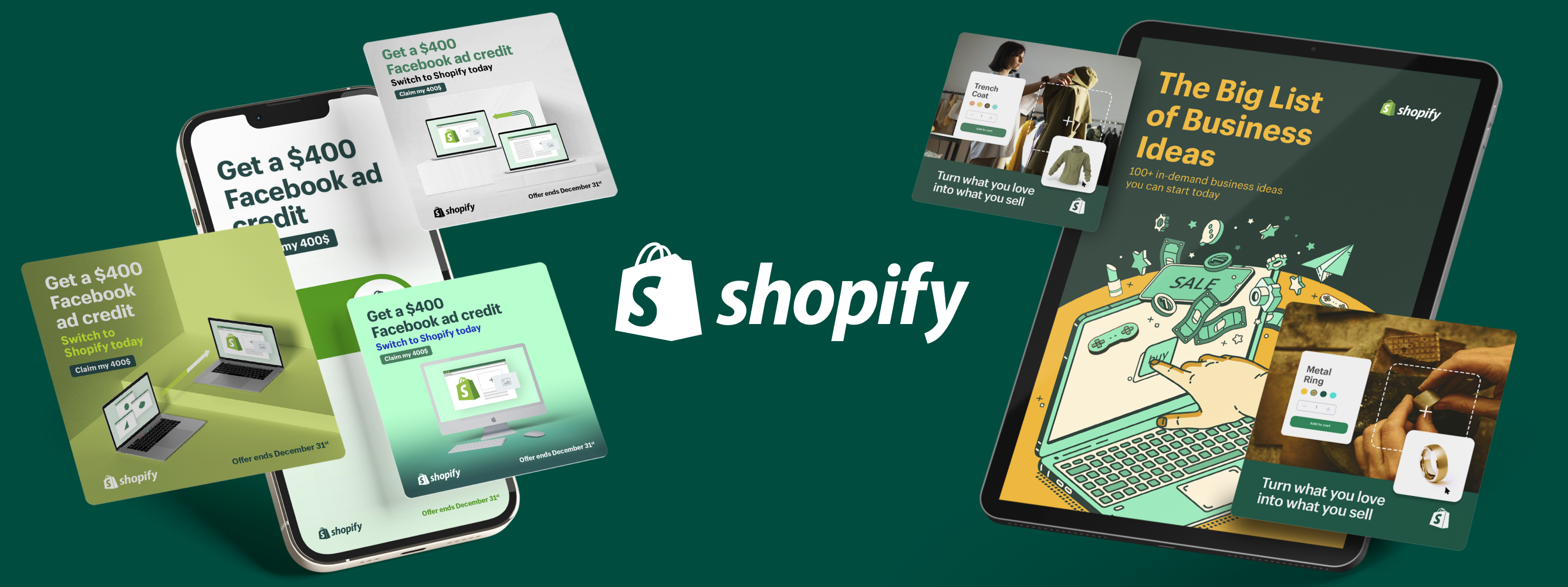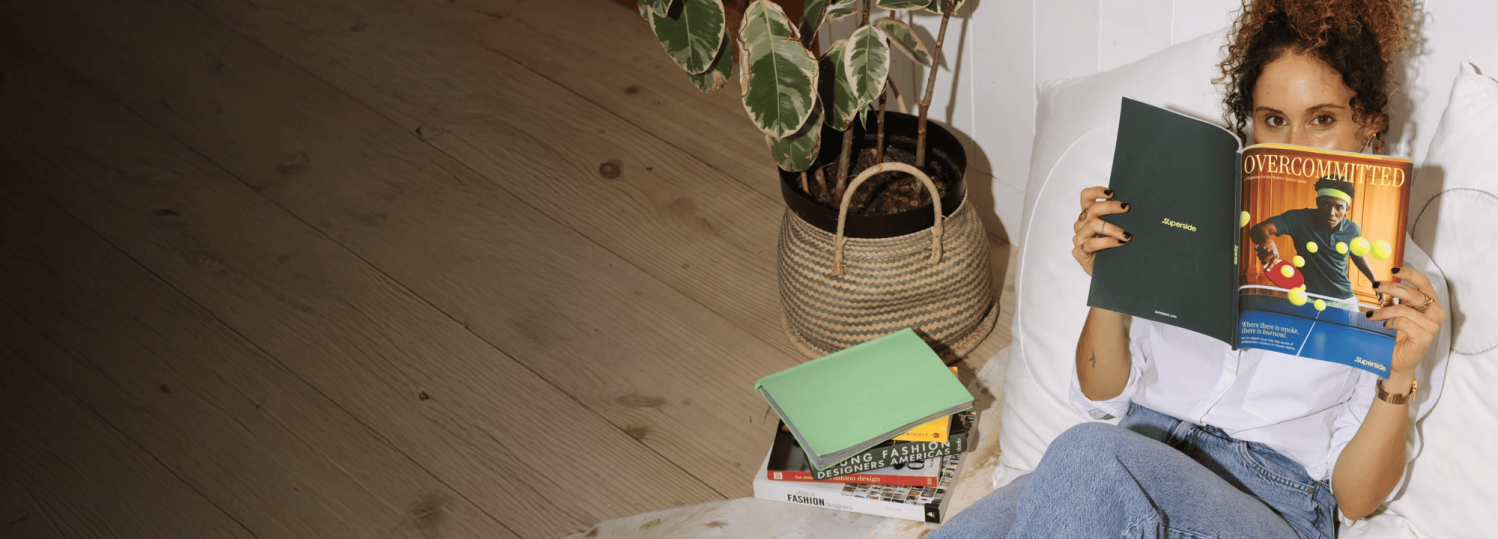It’s no longer “if AI"—It’s “how”


AI is changing the game but slapping tools on a problem won’t fix it. Creatives (96%) and execs (89%) agree—AI boosts speed and quality. But adoption isn’t plug-and-play and no single tool is a magic fix. Superside’s Director of AI Consulting Jan Emmanuele breaks it all down in this deep dive.
From the designer’s keyboard to the executive boardroom, creative professionals and senior leadership agree on the fact that businesses should embrace AI.
Creatives in particular have little doubt about the benefits, with 96% saying AI will speed production and 93% indicating it will also elevate quality. Following suit, 89% of the executives realize how generative AI drives efficiency and unlocks new possibilities, like building custom image and illustration libraries and greater freedom and agility in concepting.
With alignment on “why”—the focus shifts to “how”
Everyone wants to get to the end results as quickly as possible. But, there’s more to AI transformation than simply picking the right tools. If that’s all you look at, you’ll fail more often than you succeed. Especially when the people leading change—the in-house teams—are already overcommitted.
Source: The Overcommitted Report
Think bigger than tools and tech
You can’t just give everyone access to a tool like Midjourney and call it a day. A strategic, mindful approach makes all the difference. Successful AI adoption is multi-dimensional: Your people need to be prepared and your rollouts must be carefully planned for the highest-reward, lowest-risk implementations.
Put people first
The top three barriers to AI adoption—education, awareness and skill sets—all have rational and emotional components. You can counter fear with education. But, first, you have to identify the roots of the anxiety.
Meet with your teams. Have open conversations and assess where people really are. Find out what they know and don’t know—even if it’s different than you think or believe. Identify and empower dedicated AI champions who can help those with concerns overcome obstacles.
Look before you leap
As you determine where to integrate AI into your creative workflows, it’s tempting just to pick a process and dive right in. This is akin to knocking down a wall before checking to see if it's load-bearing or where the wiring and pipes might be.
Internal creative teams are experts at working lean and maximizing efficiencies. With this in mind, take the time to think holistically—looking at the entire blueprint of your creative workflows so you know where you’re making changes and why you’re doing so—ensuring that the problems you're aiming to solve will have a significant impact.
After all, there’s more to creative processes than production and AI can do more than generate images. Map and evaluate all of your workflows from early discovery to final delivery, determining where AI can add value to research, ideation, information sharing, data analysis, quality assurance, personalization, localization and more.
The AI question has changed. Are you ready?
AI is here to stay and your transformation will be a long-term commitment. Your teams will need ongoing support. Your workflows will be updated time and again. Things will go right—and wrong.
You'll learn as you go—putting foundations in place, pivoting from unexpected detours and iterating on wins. Before you know it, building prompt and image libraries will be like second nature—and custom models and design systems will be the norm. It all starts by thinking outside the tools.
Jan leads Superside's AI Consulting Team, leveraging industry experience gained during his doctoral studies and tenures McKinsey and a venture capital fund specializing in generative AI. Connect with Jan to talk more about AI and what the weather's like in Helsinki.
You may also like these

The funny side of creative marketing
Between endless revision cycles, AI panic and marketing trends changing faster than we can say “metaverse,” burnout is real. But here’s the good news: there’s one thing that can help teams push through the chaos and creative clutter—humor.At Superside’s recent Overcommitted Virtual Summit, cartoonist and marketing legend Tom Fishburne reminded us that laughter isn’t just a coping mechanism—it’s a creative superpower. In this recap, we’ll break down the biggest insights from the session. (Plus a few marketing mishaps you definitely don’t want to repeat).The case for creative comedyHumor is everywhere and it only takes opening our eyes to find it in our day-to-day lives. Fishburne kicked things off with a story about his dishwasher breaking down. The screen flashed “FU” over and over again—turns out, that stood for “failed unit.” While hilarious in hindsight, it was also a perfect metaphor for how brands often get in their own way.Marketing and creative teams work tirelessly on campaigns, yet somehow, the final product can feel like a robotic, soulless mess. Why? Teams are too busy and we take ourselves too seriously.
The new era of creative leadership
Sometimes, it can feel like burnout is the only constant for creatives. We’ve heard it from creative teams over and over again, from small brands to global powerhouses. There is a seemingly never-ending list of assets that need to be built and campaign deadline after campaign deadline.Not only that, but almost every project is critical. When we spoke to 200+ creative leaders about the issues affecting their teams for Overcommitted: The State of In-house Creative Teams in 2025 report, they shared that 55% of their projects were marked “high priority”.When everything is important, how do you manage business demands while helping your team maintain their creative integrity (and not burnout)?We went to one of the experts to find out. James Hurst, former creative director at Tinder, joined us for our Overcommitted Virtual Summit to share his experience in prioritizing what matters, culture-building, risk-taking and his thoughts on the role of artificial intelligence (AI) in creativity.1. Stop creative burnout
Wonder & rigor: Creative frameworks for burnout
We’ve all been there—staring at looming deadlines, feeling uninspired and wondering where the energy for big ideas went. Creativity isn’t just about generating fresh ideas—it’s about keeping the spark alive in a fast-moving world.If you’re feeling stuck in the grind—caught in back-to-back meetings, swamped with admin work or just lacking time for meaningful creative thinking—you’re not alone.What if we could work differently instead of just working harder?At the Overcommitted Virtual Summit, Dr. Natalie Nixon introduced the WonderRigor™ Framework, a refreshing approach to balancing imagination and execution. It’s not about piling on more work—it’s about bringing back the energy, excitement and curiosity that make work fulfilling.If you’re ready to shake up your routine, rediscover creative flow and bring more meaning to your work, this creative framework can help.
